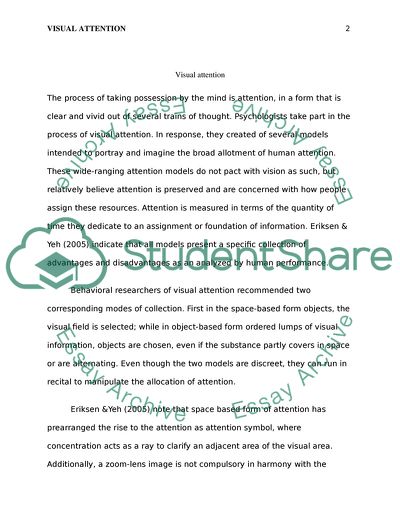Cite this document
(' love' What guides visual attention Do we attend to locations or to Essay, n.d.)
' love' What guides visual attention Do we attend to locations or to Essay. https://studentshare.org/psychology/1766857-love-what-guides-visual-attention-do-we-attend-to-locations-or-to-objects
' love' What guides visual attention Do we attend to locations or to Essay. https://studentshare.org/psychology/1766857-love-what-guides-visual-attention-do-we-attend-to-locations-or-to-objects
(' Love' What Guides Visual Attention Do We Attend to Locations or to Essay)
' Love' What Guides Visual Attention Do We Attend to Locations or to Essay. https://studentshare.org/psychology/1766857-love-what-guides-visual-attention-do-we-attend-to-locations-or-to-objects.
' Love' What Guides Visual Attention Do We Attend to Locations or to Essay. https://studentshare.org/psychology/1766857-love-what-guides-visual-attention-do-we-attend-to-locations-or-to-objects.
“' Love' What Guides Visual Attention Do We Attend to Locations or to Essay”. https://studentshare.org/psychology/1766857-love-what-guides-visual-attention-do-we-attend-to-locations-or-to-objects.


